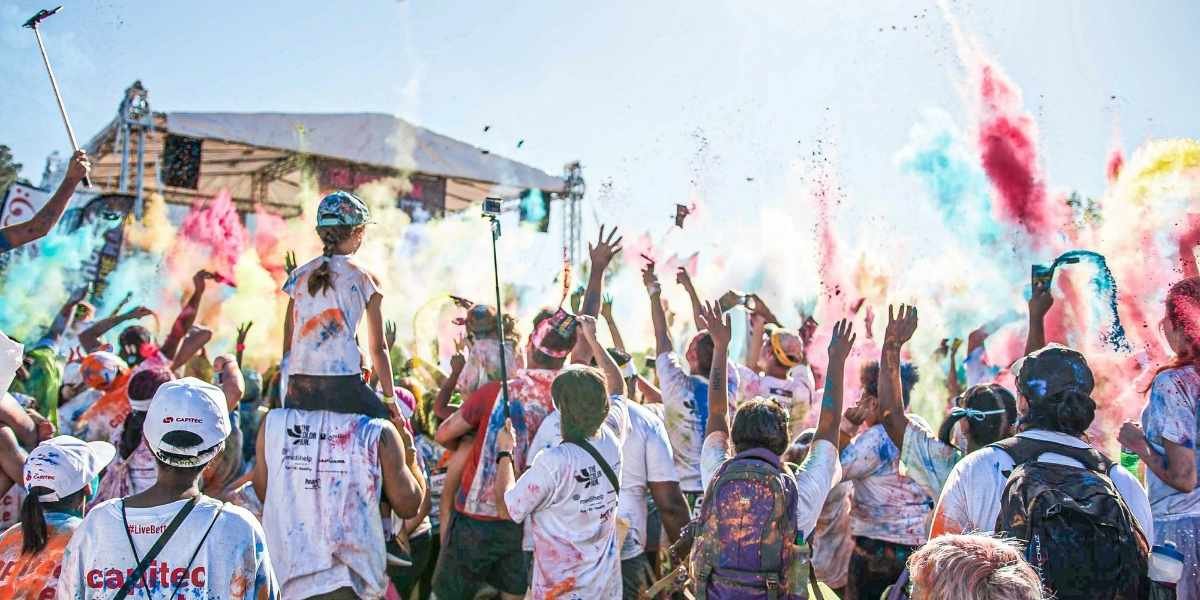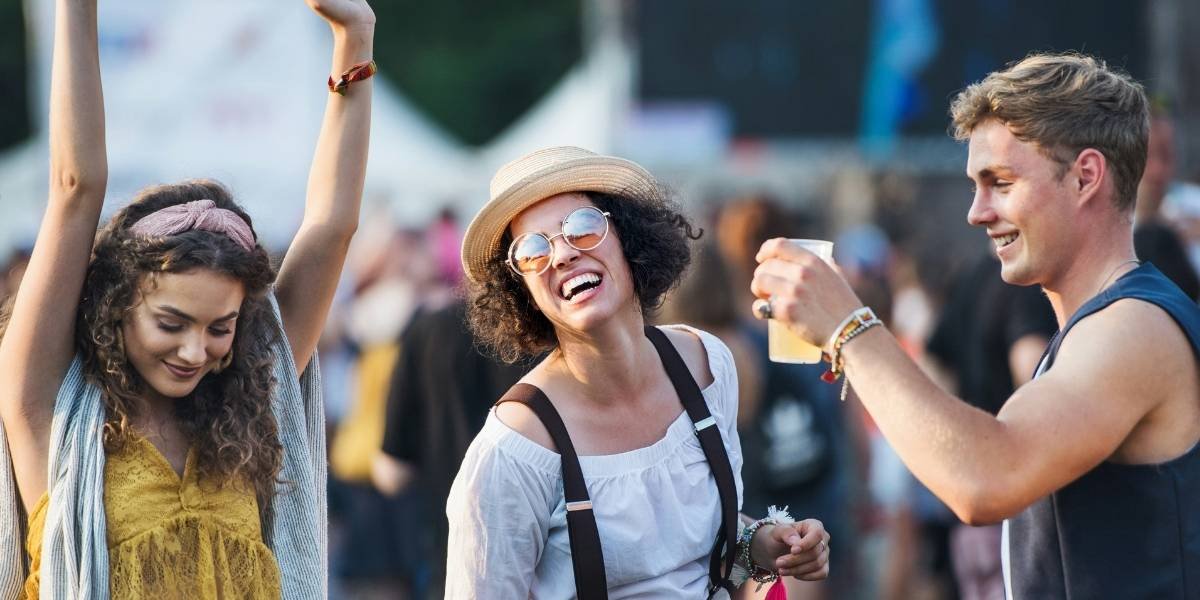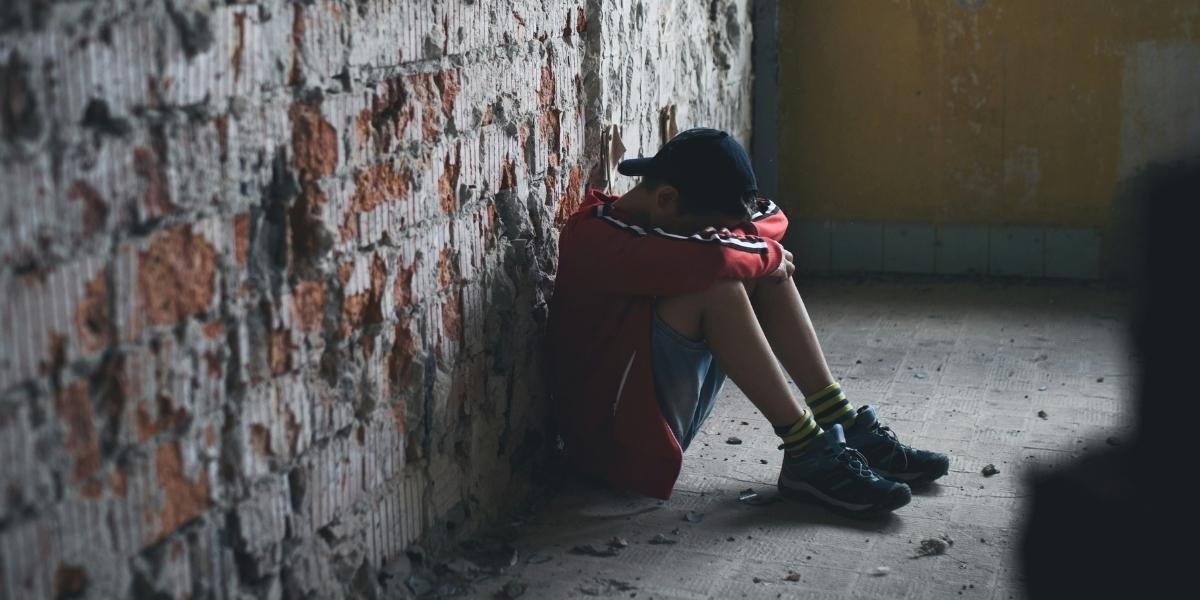What Makes California’s Small-Town Celebrations So Unique?
California may be known for its big cities and coastal views, but away from the major hubs, small towns across the state host some of the most original and enduring celebrations. These events often reflect hyper-local traditions, cultural pride, and community creativity. Some focus on historical reenactments, others are built around specific animals, and a few are simply designed to be delightfully odd.
Rather than relying on high-tech production or celebrity draws, these events often thrive on participation from local residents. Many of them have been around for decades, and in some cases, for over a century. The real draw lies in how deeply they’re tied to place and identity.
Read also: Cultural Festivals in California: Events Celebrating Diversity This Fall
How Do Towns Turn Everyday Traditions Into Unusual Festivities?

In several California towns, what might seem ordinary in one setting becomes the center of an elaborate celebration. One example is a multi-day festival devoted entirely to mules. In the eastern Sierra region, this annual gathering brings together hundreds of mules and their handlers for riding contests, pack animal races, and even a parade that restricts itself to non-motorized participants. There’s a nostalgic charm to watching modern crowds cheer for animals once essential to the area’s mining and farming history.
Another small town, nestled in the Mojave Desert, hosts a fall festival honoring ancient rock carvings. The event includes educational tours of protected canyon sites, but it also features food vendors, powwows, and dance performances from local Indigenous groups. The blend of cultural preservation and celebration makes it both meaningful and approachable.
A much different event occurs in a quiet agricultural town where the annual parade features only children. No adults are allowed to participate in the procession, which includes tricycles turned into floats, homemade costumes, and whimsical dance routines. It’s an evening focused entirely on community youth and has remained a local tradition for nearly a century.
Which Celebrations Are the Most Offbeat or Humorous?
Among the more eccentric entries is a parade that openly mocks the idea of parades. Held in a suburban city famous for its formal floral procession, this counter-event features satirical floats, humorous marching groups, and themes that change every year. Past entries have included teams dressed as sleeping bags, musicians playing off-tune on purpose, and pretend protestors shouting slogans like “More naps now!” The event’s humor is intentional, often poking fun at tradition while creating its own.
In another coastal town, the Fourth of July is celebrated with a parade made up entirely of decorated golf carts. Locals line up their carts weeks in advance and compete for the most creative theme. The slow pace, quirky decorations, and small-town setting add to the charm, offering an island-style version of a classic holiday.
Meanwhile, in a Danish-inspired village in Central California, Christmas season ends with a public tree-burning ceremony. Residents bring their old holiday trees to a central square, where they’re stacked high and set ablaze under careful supervision. The event draws on pre-Christian rituals and has become a symbolic way to mark the end of the winter holidays.
What Role Does Local History Play in These Celebrations?
Several unusual celebrations are deeply connected to regional history. One of the longest-running outdoor dramas in the United States takes place each spring in a Southern California town. It tells the story of a historical romance set during the late 1800s and involves dozens of actors, horses, and musicians. The amphitheater is set against hills that were once part of the original ranchlands described in the story.
In agricultural regions, some festivals trace their origins back to harvest celebrations. Over time, these evolved to include modern elements like tractor shows, baking contests, and livestock exhibitions. What remains consistent is the reflection of the area’s roots, often tied to farming, mining, or Indigenous traditions.
Even festivals centered on art or natural beauty often have a historical component. The desert rock art celebration, for instance, not only showcases ancient carvings but also includes panels from historians and archaeologists. These local events often work to keep both history and tradition active and relevant.
Why Do These Celebrations Continue to Thrive Year After Year?
The longevity of these unusual celebrations often comes down to deep community involvement. Many are organized by volunteers, and participation is usually intergenerational. Grandparents may help organize while children perform or compete, ensuring that each new year carries some piece of the last.
These events also serve as a counterbalance to more commercialized or large-scale festivals. By focusing on specific customs, small towns create spaces where residents can both preserve and enjoy their local culture. Visitors may attend, but the energy always revolves around the people who live there.
Because these celebrations are rooted in genuine tradition, rather than designed for spectacle, they tend to have more staying power. Whether it’s a kids-only parade or a tongue-in-cheek spoof of pageantry, the emphasis remains on originality and authenticity. That’s what keeps people coming back, sometimes for generations.
Read also: Wine, Food, and Fall Vibes: Highlights of the Lake Tahoe Autumn Food & Wine Festival
Which Events Stand Out as the Most Memorable?

-
A six-day mule-focused gathering in Bishop, featuring contests, shows, and the nation’s largest non-motorized parade
-
A fall celebration of ancient rock art in Ridgecrest, with canyon tours, cultural performances, and educational exhibits
-
A kids-only evening parade in Salinas, where children lead a colorful procession with costumes and decorated bikes
-
A spoof parade in Pasadena that parodies traditional pageantry through offbeat humor and absurd themed entries
-
A historical outdoor drama in Hemet, performed each spring in a natural amphitheater with live animals and local actors
-
A community tree burn in Solvang, closing out the Christmas season with a nod to winter solstice traditions
-
A Fourth of July golf cart parade on Catalina Island’s Avalon, turning a quiet island town into a festive coastal scene
These events highlight just how wide the range of unusual celebrations can be, and how much they reveal about the values and creativity of each California community. From mules to mockery, petroglyphs to pine trees, these celebrations give a glimpse into the heart of California’s small towns, where tradition, humor, and heritage meet in unforgettable ways.








